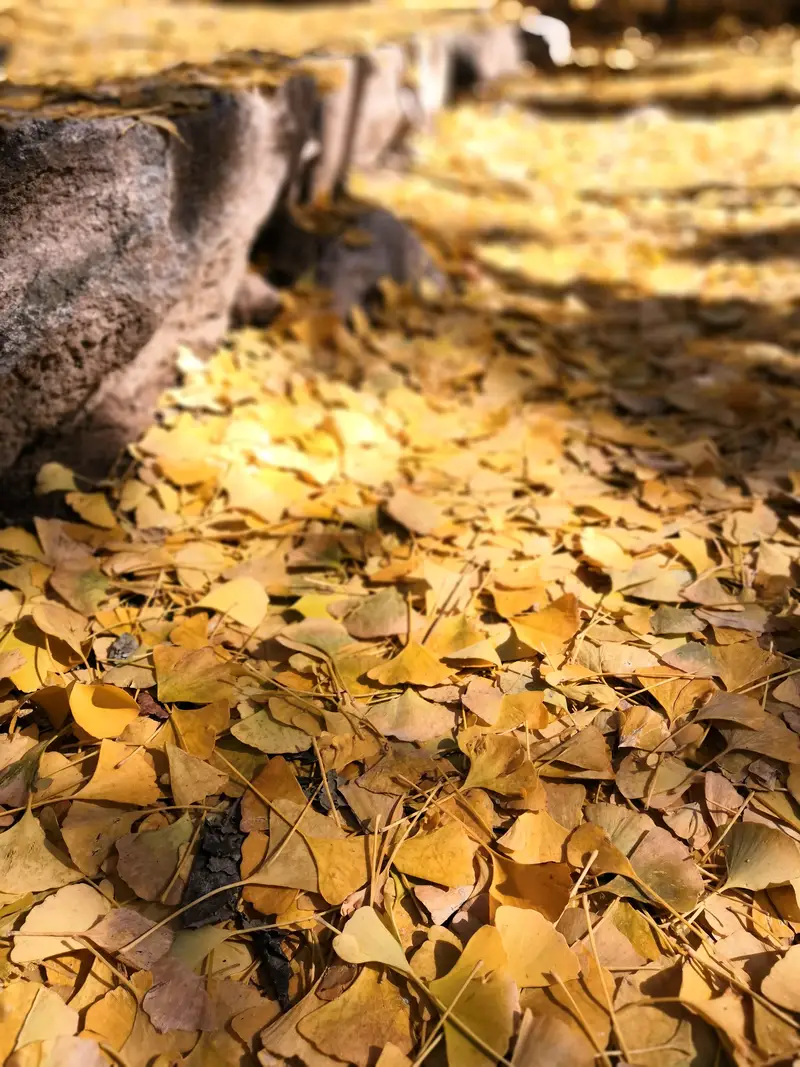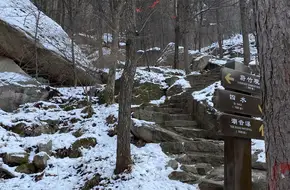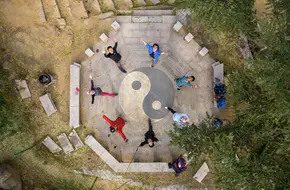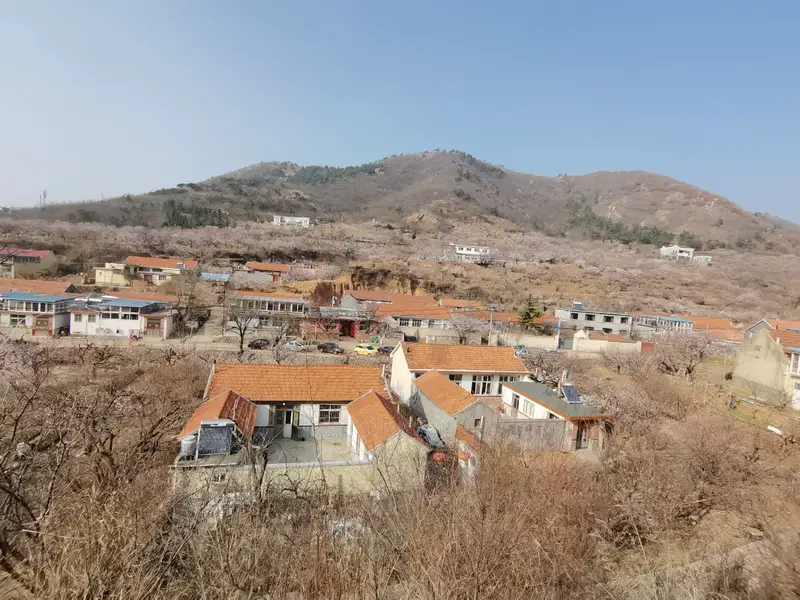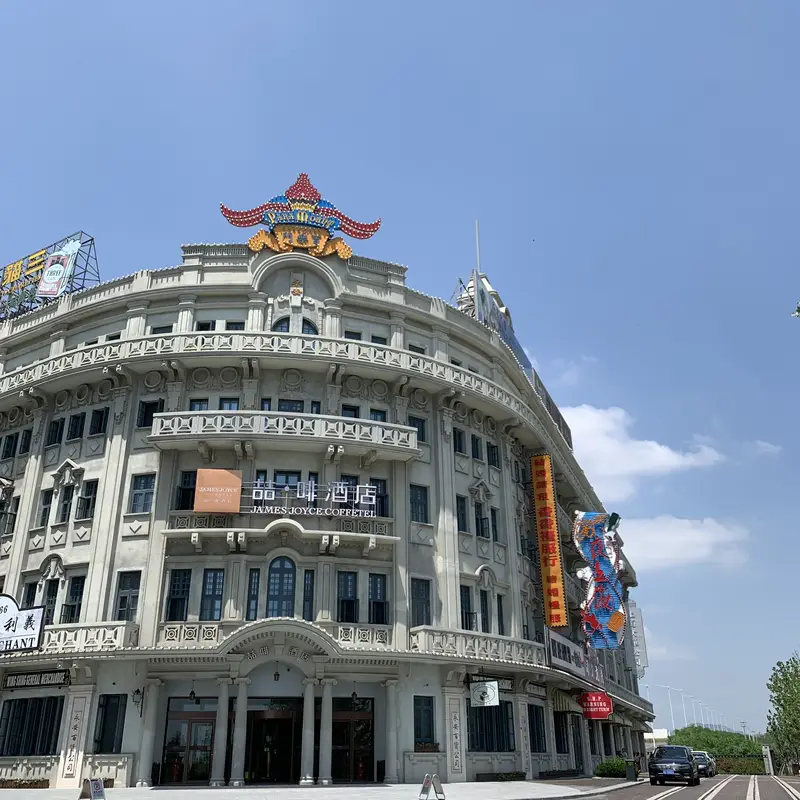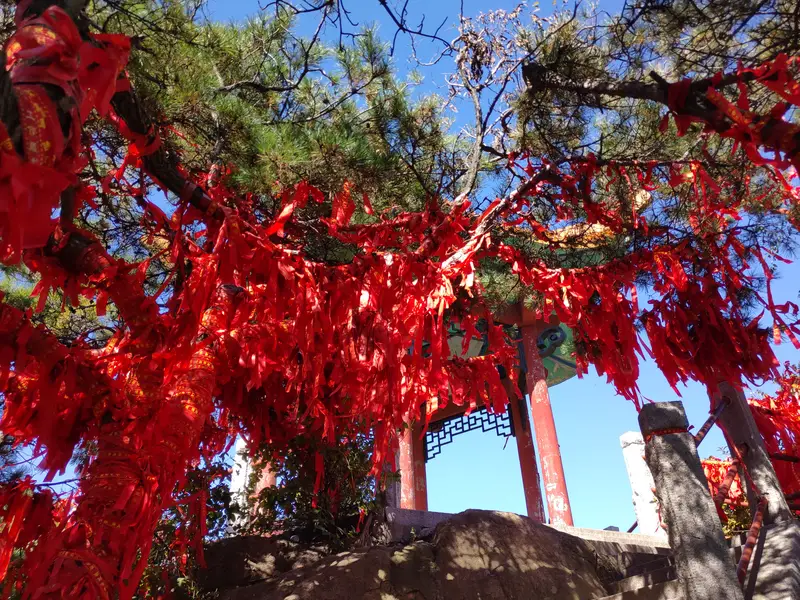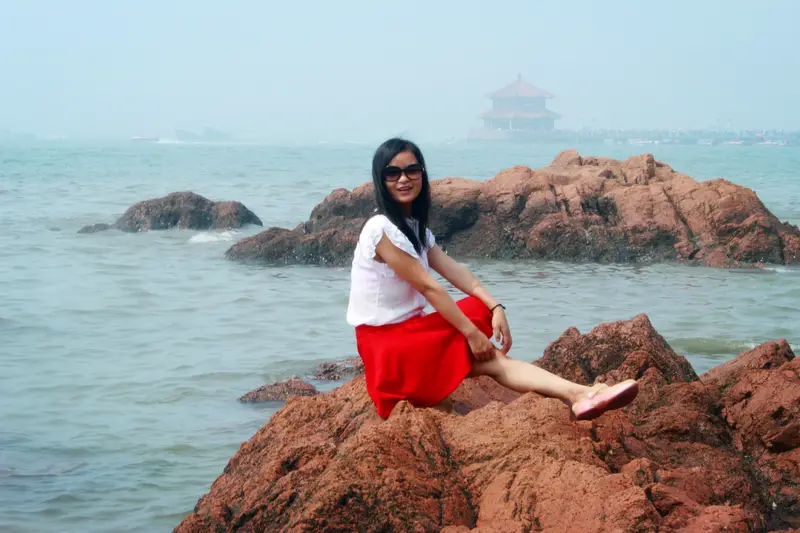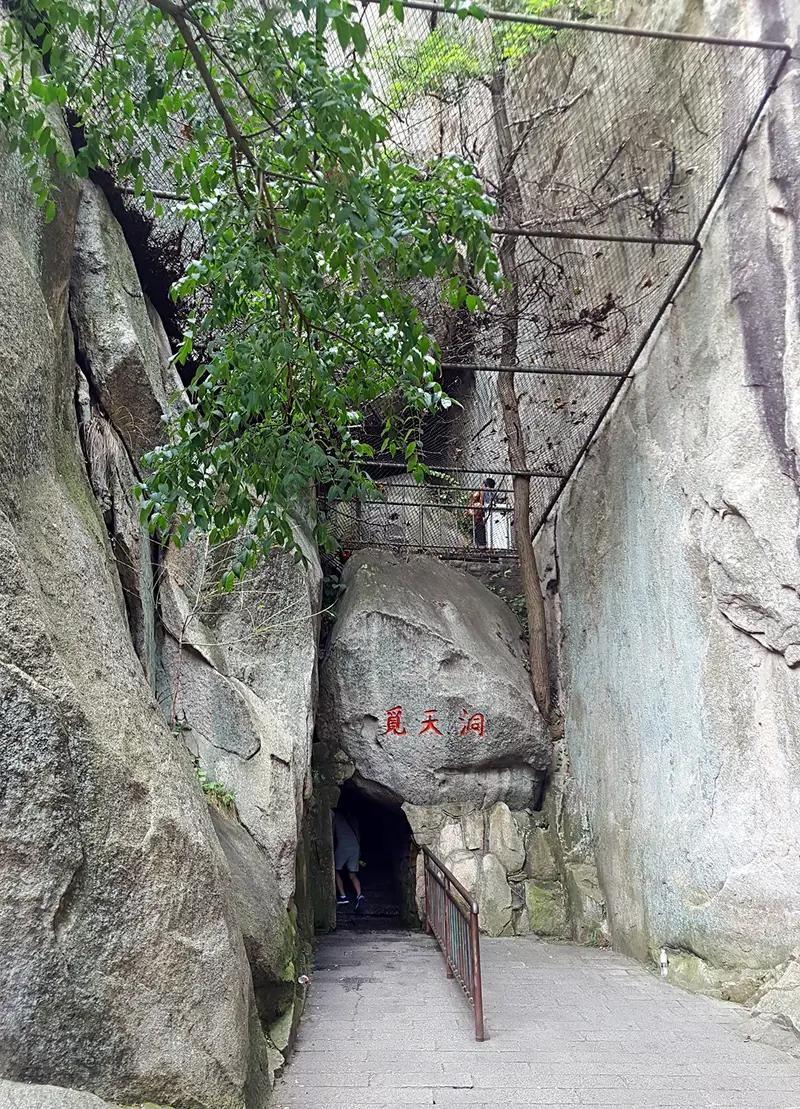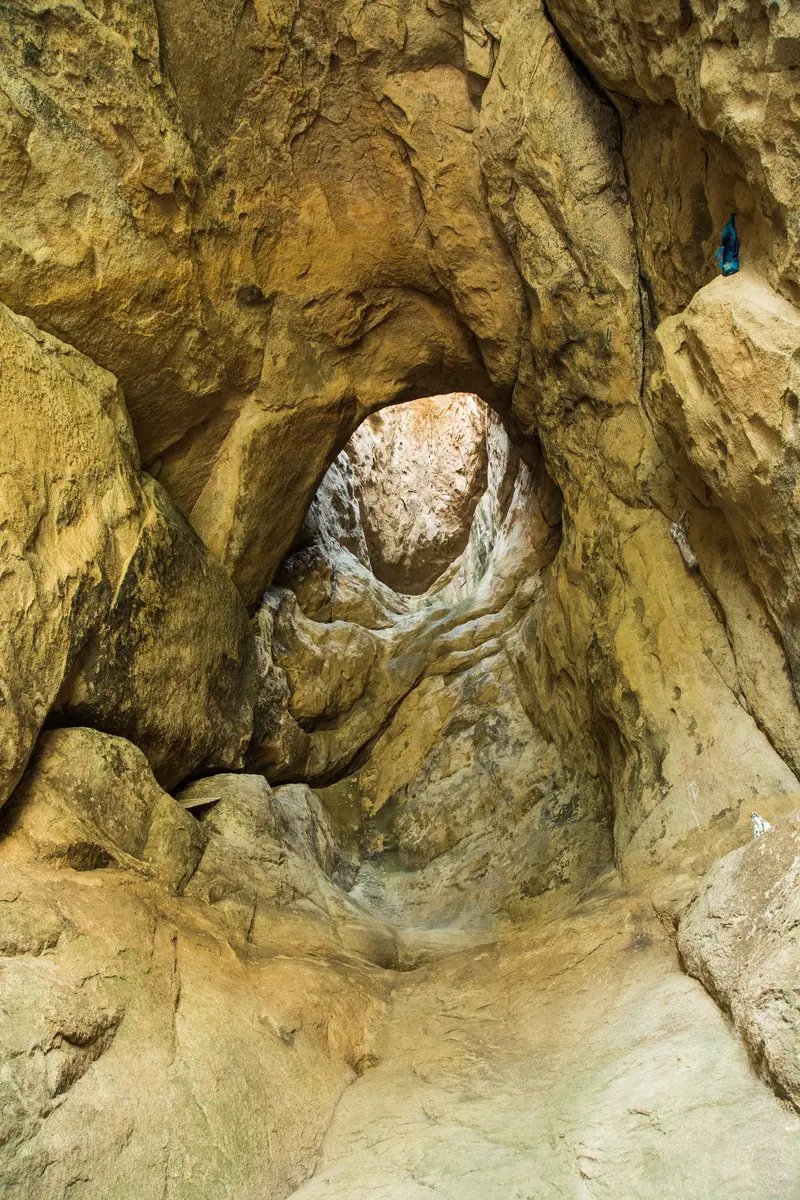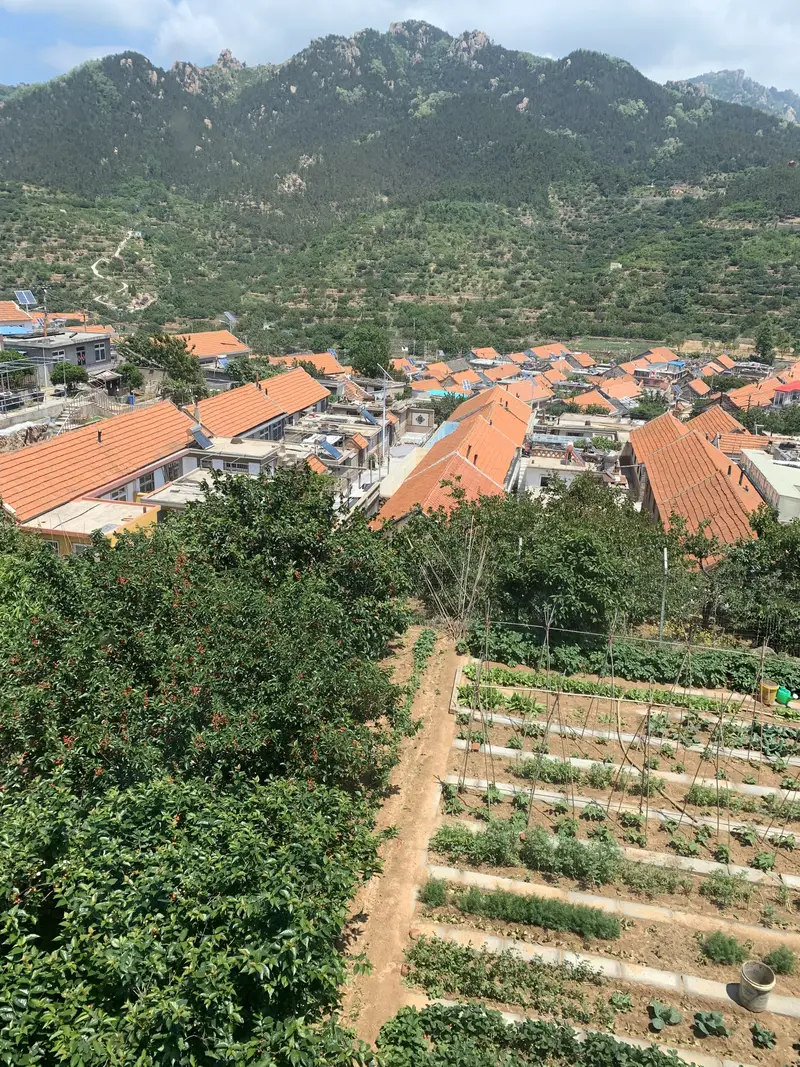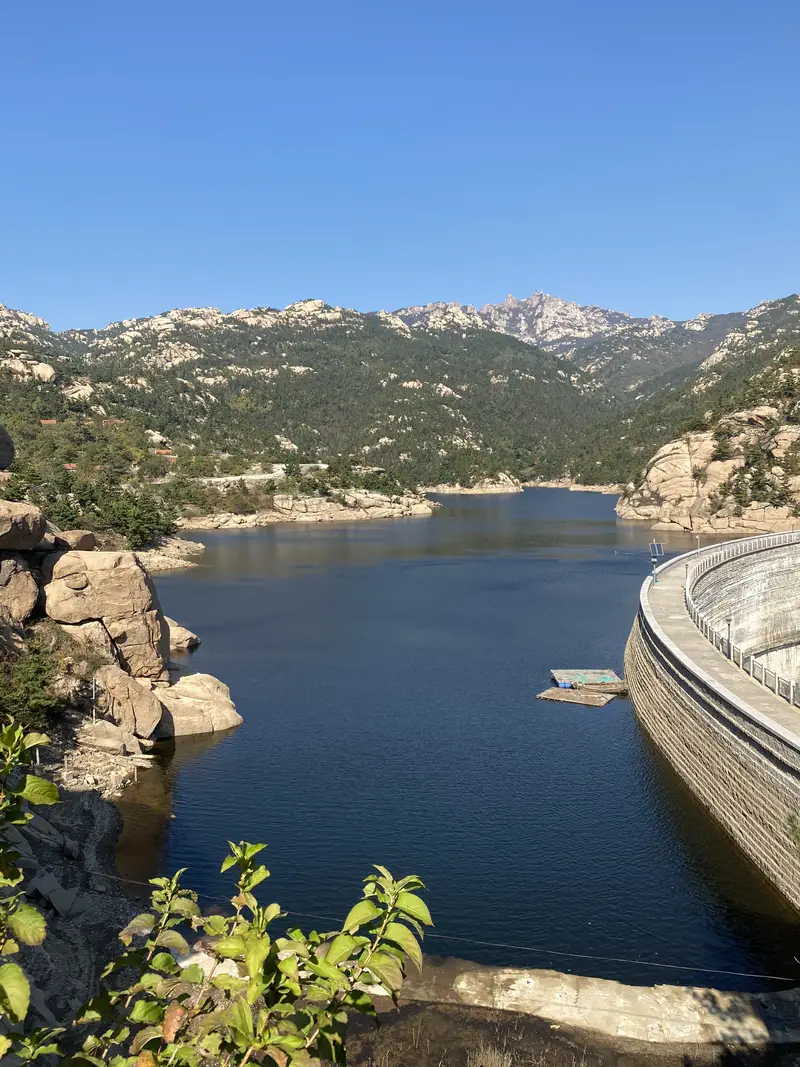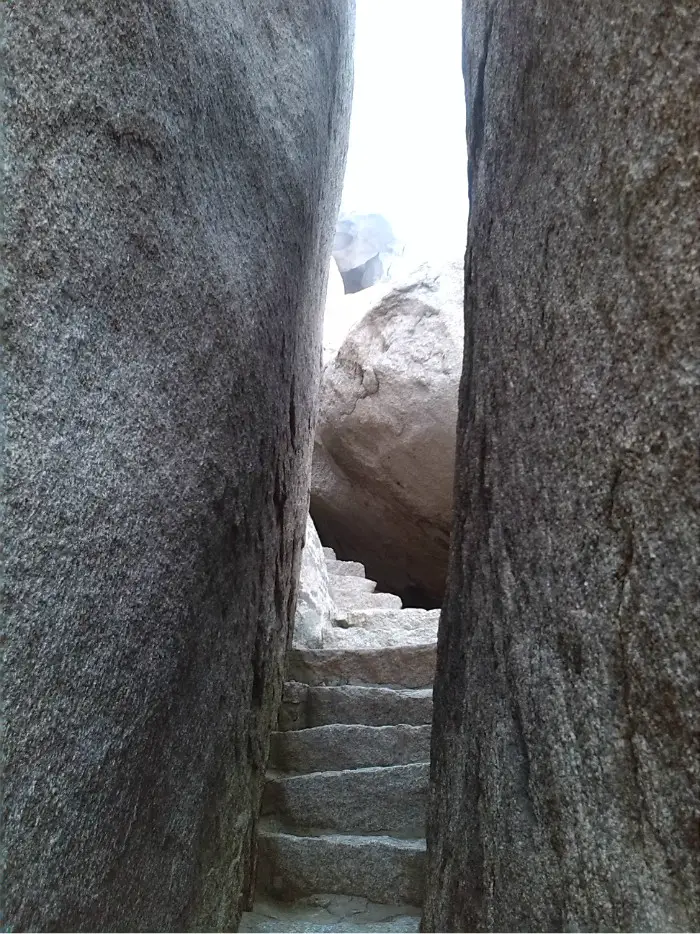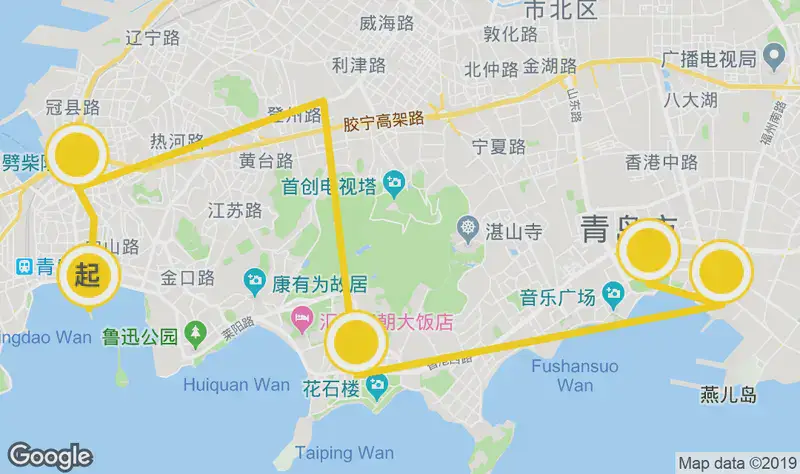Location & How to Get There
Wei Zhu Guan is tucked inside the Laoshan North Nine Waters Scenic Area in Qingdao, Shandong Province. To reach it, start by heading to Laoshan Scenic Area (about 40 minutes from downtown Qingdao). Take the metro to Liyushui Station, then transfer to bus 619 or 620 toward North Nine Waters. The entrance to Wei Zhu Guan is about a 30-minute hike from the bus stop, along a shaded trail with streams and stone bridges. If you’d rather drive, park at the North Nine Waters visitor center and walk—trust me, the journey is half the fun!
Natural Scenery: Bamboo, Water, and Mountain Magic
Wei Zhu Guan lives up to its name: “Wei” means lush, and “Zhu” is bamboo. Imagine a valley blanketed in emerald green, with towering bamboo stalks swaying in the wind. A crystal-clear river runs through the area, perfect for skipping stones or dipping your toes. In spring and summer, the air here feels cooler than downtown Qingdao, thanks to the mountain shade. Keep an eye out for waterfalls hidden along the trails—they’re small but surprisingly refreshing after a hike. For the best views, visit on a misty morning when the bamboo forest looks like something out of a Chinese painting!
Cultural Vibes: History and Legends
This spot isn’t just about nature—it’s steeped in Taoist history. Wei Zhu Guan was built centuries ago as a quiet retreat for monks and scholars. The main hall, Yuqing Palace, still has ancient statues and calligraphy on the walls. Locals say the name “Wei Zhu” comes from a legend: a Taoist priest planted the first bamboo here to symbolize peace and resilience. Even if you’re not into religion, the stone tablets and old-school architecture make for cool photo ops.
Practical Tips: What to Bring
Wei Zhu Guan is part of the larger North Nine Waters area, so you’ll need to pay the scenic area entry fee (around ¥60–¥90, depending on the season). Wear comfy shoes—the trails are rocky but mostly flat. Bring water, snacks, and sunscreen, even on cloudy days. There are a few stalls near the entrance selling local tea (try the Laoshan green tea!) and light bites, but options are limited. Restrooms are available near the visitor center, but not everywhere in the valley.
The Full Experience: Hikes and Highlights
Start your visit early to avoid crowds. Follow the red-marked trail from the North Nine Waters entrance; you’ll pass Wei Zhu Guan after about 40 minutes. Don’t rush—stop to listen to the bubbling streams or snap photos of the bamboo groves. A loop trail connects Wei Zhu Guan to nearby spots like Tide关音庙 (a peaceful temple) and Jade Spring, a tiny pool rumored to have healing waters. Plan for 2–3 hours to explore Wei Zhu Guan and its surroundings.
Off the Beaten Path: Less-Known Spots
If you want to skip the tourist crowds, visit on a weekday morning. The upper terraces of Wei Zhu Guan offer quiet spots for journaling or meditation. Look for the stone turtles near the river—they’re carved relics from Taoist rituals. For a unique souvenir, buy a bamboo carving from the vendors outside the main hall. Just be sure to haggle politely—local sellers expect some friendly bargaining!
Why You’ll Love It
Wei Zhu Guan is Qingdao’s hidden gem. It’s got everything: jungle-like bamboo forests, calming water sounds, and a peek into China’s spiritual past. Whether you’re a hiker, a photography buff, or someone looking to escape city noise, this place will reset your mood. Pro tip: End your visit with a cup of hot tea at the small café near the exit—it’s the perfect way to savor the mountain air before heading back to reality.
(Word count: ~1,500)


